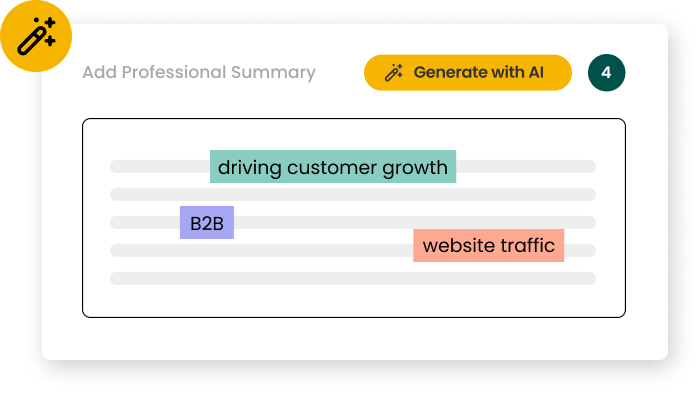How long should I make my Chief Accountant resume?
A Chief Accountant resume should ideally be two pages long. This length allows you to showcase your extensive experience, leadership skills, and financial expertise without overwhelming the reader. Use the first page to highlight your most recent and relevant roles, key achievements, and certifications. The second page can detail earlier experiences, education, and additional skills. Prioritize information that demonstrates your ability to lead accounting teams and manage complex financial operations.
For a Chief Accountant resume, a hybrid format works best. This format combines chronological work history with a skills-based summary, allowing you to showcase both your career progression and key competencies. Begin with a strong professional summary, followed by a core skills section. Then, list your work experience in reverse chronological order. Include sections for education, certifications, and professional affiliations. Use bullet points for readability and focus on quantifiable achievements in each role.
What certifications should I include on my Chief Accountant resume?
The most relevant certifications for Chief Accountants are Certified Public Accountant (CPA), Certified Management Accountant (CMA), and Chartered Global Management Accountant (CGMA). These certifications demonstrate your expertise in financial management, strategic planning, and leadership. They're highly valued in the industry and can set you apart from other candidates. List your certifications prominently near the top of your resume, including the year obtained and any specializations or honors associated with them.
What are the most common mistakes to avoid on a Chief Accountant resume?
Common mistakes on Chief Accountant resumes include focusing too much on day-to-day tasks rather than strategic contributions, neglecting to highlight leadership experience, and failing to quantify achievements. Avoid these by emphasizing your role in financial strategy, showcasing team management skills, and using metrics to demonstrate impact (e.g., cost savings, efficiency improvements). Additionally, ensure your resume is tailored to each specific job application, highlighting relevant experiences and skills that align with the position's requirements.
